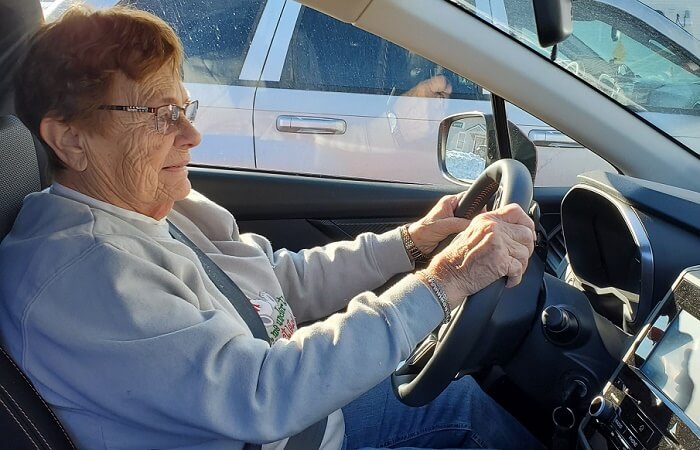Is Your Older Adult Driver a Safe Driver?
What you can do to help an older driver in your life stay safe on the road.
What you can do to help an older driver in your life stay safe on the road.

Earlier this year, I helped my 80-year-old mother get a new car. She wants to stay independent; we both want to make sure she stays safe. She likes to joke that I’d probably like to encircle her in bubble wrap, especially given my current role at the National Safety Council. While I’m not likely to follow on this suggestion, the data give me plenty of reasons and tools to protect her as best I can.
The proportion of older drivers is growing. One in six licensed drivers is older than 65, and one in nine licensed drivers is over 70. We also know that the number of motor vehicle deaths involving drivers and other road users ages 65 and older has increased 30% since 2009, according to the Centers for Disease Control and Prevention.
Those numbers likely will continue to rise in lockstep with our increasingly aging population, so my concern is not misplaced. The reality of older adults like my mother remaining behind the wheel means we must be cognizant of the risks and challenges. Thankfully, older drivers tend to self-regulate their driving habits to compensate for degrading physical abilities. They tend to refrain from speeding and driving after dark, while impaired or during inclement weather. However they also are more likely to be seriously injured or killed in a car crash than any other age group. That’s because older drivers and passengers tend to have underlying medical conditions that make them more likely to sustain serious injuries if they are involved in a crash. In addition, most older adults take daily medications, some of which can have side effects that may increase crash risk.
This past week marked Older Driver Safety Awareness Week, an observance launched by the American Occupational Therapy Association. Thankfully there are resources available to help older drivers and their loved ones to stay mobile. There also are new safety features available in new vehicles that can help lower the risk of a collision, and we looked seriously at these features when we were selecting my mother’s new vehicle. Features that assist the driver include forward collision and lane departure warnings, lane keeping assistance, automatic emergency braking and pedestrian detection systems, just to name a few.
Unfortunately every manufacturer uses different terms to describe these features, so it’s important to confirm exactly what they do when considering a new vehicle. I am proud that NSC joined AAA, Consumer Reports and JD Power to release the first set of common terms for advanced driver assistance technology or ADAS. We hope that automakers and other road safety professionals will adopt standardized naming for these features to ensure that everyone can benefit from them.
Perhaps one day we will see self-driving vehicles become a reality so that older Americans can enjoy a safe and hassle-free mode of transportation. It’s important to note that there are no commercially available truly self-driving vehicles yet, and it’s hard to say whether they will become the norm in my lifetime. For now, we should take extra caution when it comes to our older drivers. I know having driver assistance technology like automatic emergency braking and lane departure warnings on my mom’s vehicle makes me feel better about having her on the road. Ensuring that she and other older drivers stay safe is one way we can help them live their fullest lives.
With a century-long legacy, the National Safety Council is a global center for safety expertise. Let's work together to align resources. We look forward to learning about ways we can join efforts to expand safety everywhere!
There are no items in your cart